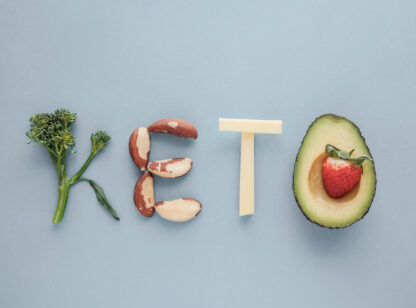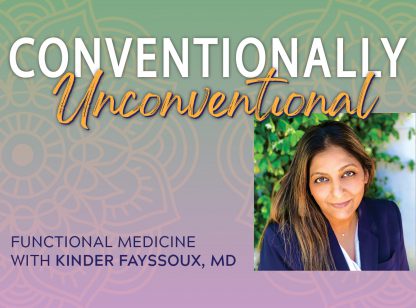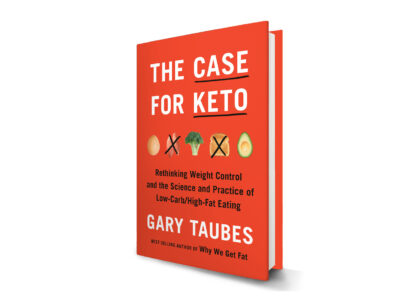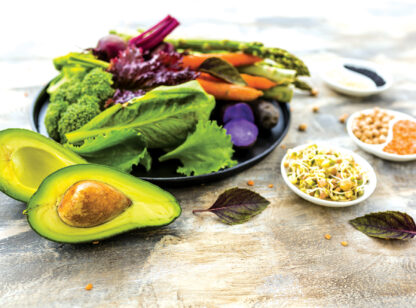Do you suffer from IBS, bloating, dermatitis, migraines, an autoimmune disorder, or anxiety? Perhaps you’ve been diagnosed with celiac disease or gluten sensitivity. There are over 200 symptoms associated with gluten, and if you have been diagnosed, you may have been given a simple prescription: go gluten-free.
With high hopes of feeling and looking better, the diagnosis causes a mad dash to fill our grocery cart with gluten-free labels. After a few months, however, we feel no different or better.
It’s vital we recognize this fact: a processed diet – even though gluten-free – doesn’t make it any better for you than the nutrient poor, gluten-full, standard American diet.
Many of us fell into the marketing ploys of manufacturers, purchasing anything with a gluten-free label on it, from pizza to doughnuts. The explosion of gluten-free junk food has left us feeling disappointed in our efforts to feel and eat better. We can escape the gluten-free trap by living a gluten-free lifestyle with a more natural approach.
Going gluten-free for any reason requires a thoughtful and balanced approach. A healthy gluten-free diet incorporates real food high in nutrients. We want each bite full of vitamins and minerals. Naturally fiber-rich foods like vegetables, fruits, some whole grains, good fats, and quality proteins are basic essential elements for all humans. They’re natural. The box of cereal on aisle four doesn’t quite fit the bill.
When selecting a real whole grain, the grain is not processed or refined in anyway. Many “gluten-free” products are made with refined grains and starches, which contain plenty of calories but very few vitamins or minerals. Your positive choices of gluten-free whole grains include brown rice, whole corn, gluten-free oats, millet, teff, sorghum, wild rice, buckwheat, amaranth, and quinoa.
If we are truly determined to feel and look better, we need to shift our focus away from gluten-free grains and processed products, redirecting our forks to nutrient dense, natural foods like seasonal fruits and vegetables. We should focus on quality fats like avocado, coconut, olives, and even grass-fed butter, being careful to avoid canola, soybean, and safflower oil, which is often highly processed and inflammatory. Quality protein is also essential, whether it be from well-raised animals or vegan sources like beans, nuts, and seeds.
When transitioning to a nutrient dense diet (where grains are minimized), many are concerned about proper carbohydrate intake for sustained energy levels. Fear not! Grains are not the only carbohydrate source in our diet. All fruits and vegetables are carbohydrates. In fact, there are superior calorie-dense carbohydrate options like squashes, sweet potatoes, and root vegetables that can be added to any meal.
On any diet, good nutrition is not simply based on calories, carbs, fat, or by the addition or exclusion of a single ingredient. You can take better control of your health by eating food in its original form, filling up on the life-giving nutrients of foods that are grown and picked, not boxed or bagged. By returning to food the way nature intended, you’re allowing your body to heal.
A nutrient dense diet allows you to effortlessly shed pounds, regain energy, and find your way back to your best self, naturally.
Tiffany is a Certified Nutrition Consultant and Functional Diagnostic Nutrition® Practitioner specializing in digestive disorders and weight management. She can be reached at (760) 285.1221 or online at www.GlutenFreeWithTiffany.com.

















































Comments (0)